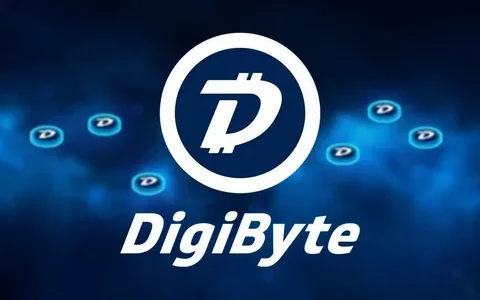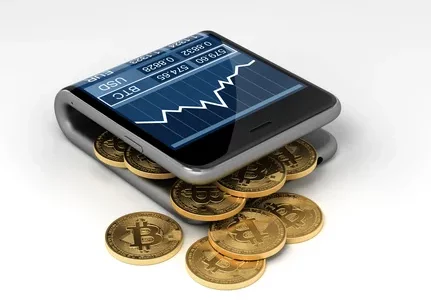In the ever-evolving landscape of cryptocurrency, OP Coin exchange stands as a beacon of innovation and opportunity. This in-depth exploration offers a detailed view of the world of OP Coin exchange, illuminating the path for both seasoned investors and newcomers to the realm of digital currencies.
The Genesis of OP Coin
To fully grasp the essence of OP Coin exchange, one must first understand what OP Coin is. Emerging as a promising player in the cryptocurrency market, OP Coin represents a blend of innovation and practicality. It’s designed to offer unique features, speed, and reliability, carving its own niche in the vast crypto ecosystem.
Choosing the Right Exchange Platform
The journey of exchanging OP Coin begins with selecting the right platform. The market offers a plethora of options, each with distinct features. Key factors to consider include the platform’s security measures, transaction fees, user interface, and customer support. Opting for a platform that aligns with your needs and preferences is vital for a seamless exchange experience.
Understanding the Exchange Mechanics
Engaging in OP Coin exchange requires a grasp of its mechanics. This involves creating an account on your chosen platform, depositing your existing digital currency, and then trading it for OP Coin. The process, while straightforward, demands attention to detail to ensure accuracy and efficiency.
The Crucial Role of Security
In the digital currency world, security is paramount. Protecting your assets during OP Coin exchanges necessitates a keen understanding of the platform’s security protocols. Utilizing features such as two-factor authentication and ensuring the secure storage of your digital assets are essential practices.
Market Analysis: The Key to Strategic Exchange
Successful OP Coin exchange is often grounded in robust market analysis. Keeping abreast of market trends, understanding the factors influencing OP Coin’s value, and staying updated with global economic news are essential. This analysis forms the bedrock of informed decision-making in the exchange process.
Fee Structures: Navigating the Costs
Every exchange comes with its own set of fees, and OP Coin exchange is no exception. Understanding the fee structure of your chosen platform is crucial. These fees can include transaction fees, withdrawal fees, and any other charges that might apply, impacting the overall cost-effectiveness of your exchange.
Timing: The Art of the Trade
The timing of your OP Coin exchange can significantly influence its success. The crypto market is known for its volatility, and OP Coin is no different. Identifying the right moment to execute your exchange, based on market conditions and personal investment strategy, is an art in itself.
The Future of OP Coin Exchange
As with any cryptocurrency, the future of OP Coin exchange is shrouded in potential and unpredictability. The continuous advancements in blockchain technology, shifting regulatory landscapes, and the evolving global economy all contribute to the future trajectory of OP Coin. Staying informed and adaptable is key in this dynamic environment.
Building Knowledge and Community Connections
Participating in the OP Coin community and seeking continuous learning opportunities can greatly enhance your exchange experience. Engaging with forums, following relevant social media channels, and utilizing educational resources can provide valuable insights and support.
Conclusion: Navigating the OP Coin Exchange Landscape
In conclusion, OP Coin exchange represents a dynamic and potentially rewarding aspect of the cryptocurrency market. It requires an understanding of the currency, selecting an appropriate platform, prioritizing security, and employing a sound strategy. As the digital currency landscape continues to expand, OP Coin exchange offers an exciting opportunity for those looking to explore new frontiers in the world of digital assets. By staying informed, vigilant, and strategic, individuals can navigate the OP Coin exchange with confidence and proficiency, potentially reaping the benefits of this innovative digital currency.







